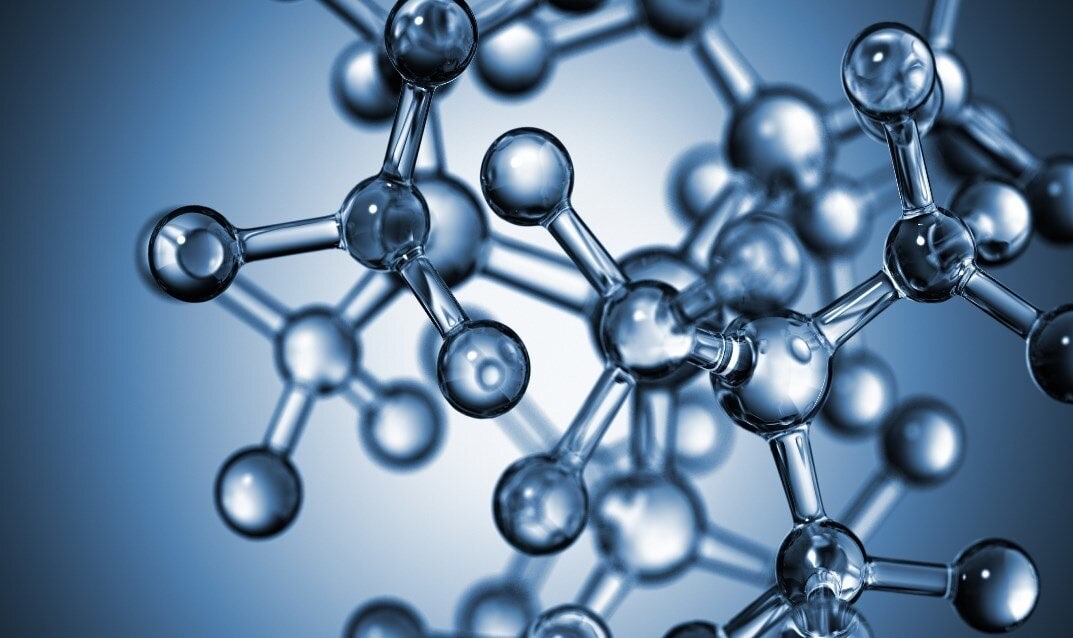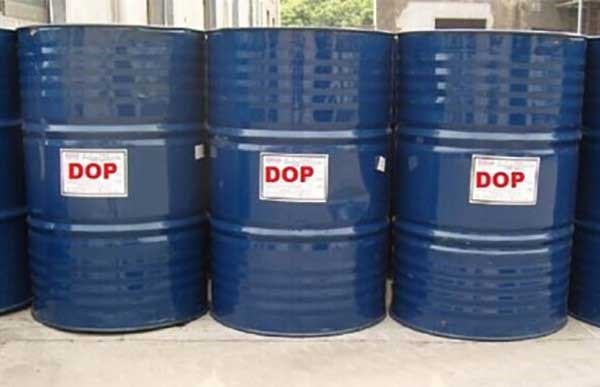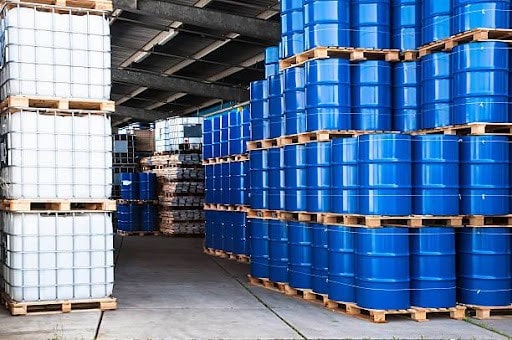What do you know about the process of producing dioctyl phthalate? What materials are needed to produce this material, which is known as one of the most important emollients in the polymer industry? Dioctyl phthalate is made of phthalic anhydride and diethyl hexyl.
An important point in the production process of Dioctyl phthalate is the preparation of high-quality raw materials that have a great impact on the quality of this material. Join us to learn more about the production process of this material.

Dioctyl phthalate structure
Familiarity with the production process of Dioctyl phthalate
Dioctyl phthalate or DOP is known as a softener for a variety of PVC powders. This product is very popular in terms of application in the industry. Regarding the production process of Dioctyl phthalate, you should know that its production process is done by reactors that are equipped with a stirrer.
Note that Dioctyl phthalate is produced from a combination of phthalic anhydride and 2-ethyl hexanol.
In the continuation of the production process of Dioctyl phthalate with two steps, esterification is performed to recover excess alcohol and also to filter the materials. In the first stage, a reaction is formed which causes the monosters to be formed by alcohol removal.
This phase occurs very quickly, which in the second phase causes the monoster to become a diester. This reaction is reversible and is much slower than the first reaction. For the equilibrium to change to diester, the reaction of water with distillation is eliminated. The reaction rate in this process is intensified by the use of high temperatures and catalysts.
Acid catalysts are used in the temperature range in the second stage from 140 degrees to 165 degrees Celsius. Amphoteric catalysts are used at temperatures of 200 to 250 ° C.
Changes in purity can occur depending on the type of process, the catalyst, and the reacting alcohol. Excess and recycled alcohol are eliminated by vacuum distillation. The reaction sequence is performed in a closed system. Dioctyl phthalate production process can be done in batches or sequentially.
Effect of Dioctyl phthalate production on granules
Following the production process of Dioctyl phthalate, its impact on the granule industry is very important. One of the best ways to reuse and recycle PVC products is to turn them into granules. Granules are a special form of polymers that are produced in the form of fine granules and have different uses and applications.
When PVC is to be granulated according to a process, various materials must be added to it. This is used to increase the strength and create a better shape in the final product. Dioctyl phthalate is one of the additives added to polymers as a softener to produce products. In this way, they increase the flexibility and strength of the granule along with its softening ability.

use of Dioctyl phthalate
What is the structure of Dioctyl phthalate?
Insoluble in water:
One of the things that are very important in the production process of Dioctyl phthalate is its insolubility in water. This feature has its advantages and disadvantages. One of its advantages is that it does not chemically contaminate water and does not cause water poisoning.
Because this material is one of the requirements for the production of granules that are used for cable and hose manufacturing, its insolubility in water is considered a necessity.
Light color:
Another feature of Dioctyl phthalate that is very important when using it is the light color of this material. This advantage prevents the color of the product from changing color when added to various materials such as granules.
Compared to this material, some products change the color of the granules. This causes the product to stain, which is a negative feature.
Odorless:
Another thing that is very important in the production process of Dioctyl phthalate is the lack of odor of this material. One of the problems in the petrochemical industry is usually the unpleasant odor. As this material is odorless, there are no restrictions on its use.
Soluble in mineral oils:
This substance can be combined with mineral oils and does not cause any problems.
Expansion of consumption range:
Another feature of this product is its wide range of consumers, so it is possible to use it to produce any product.

